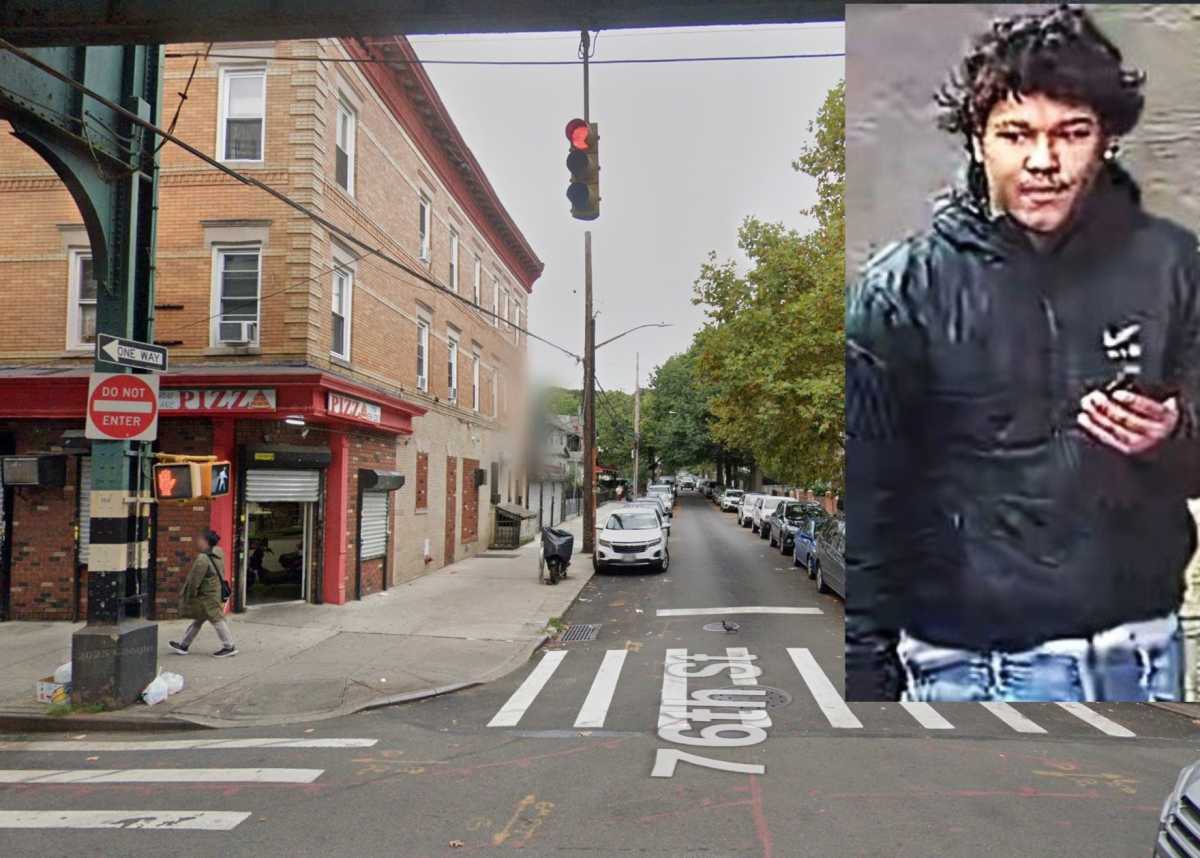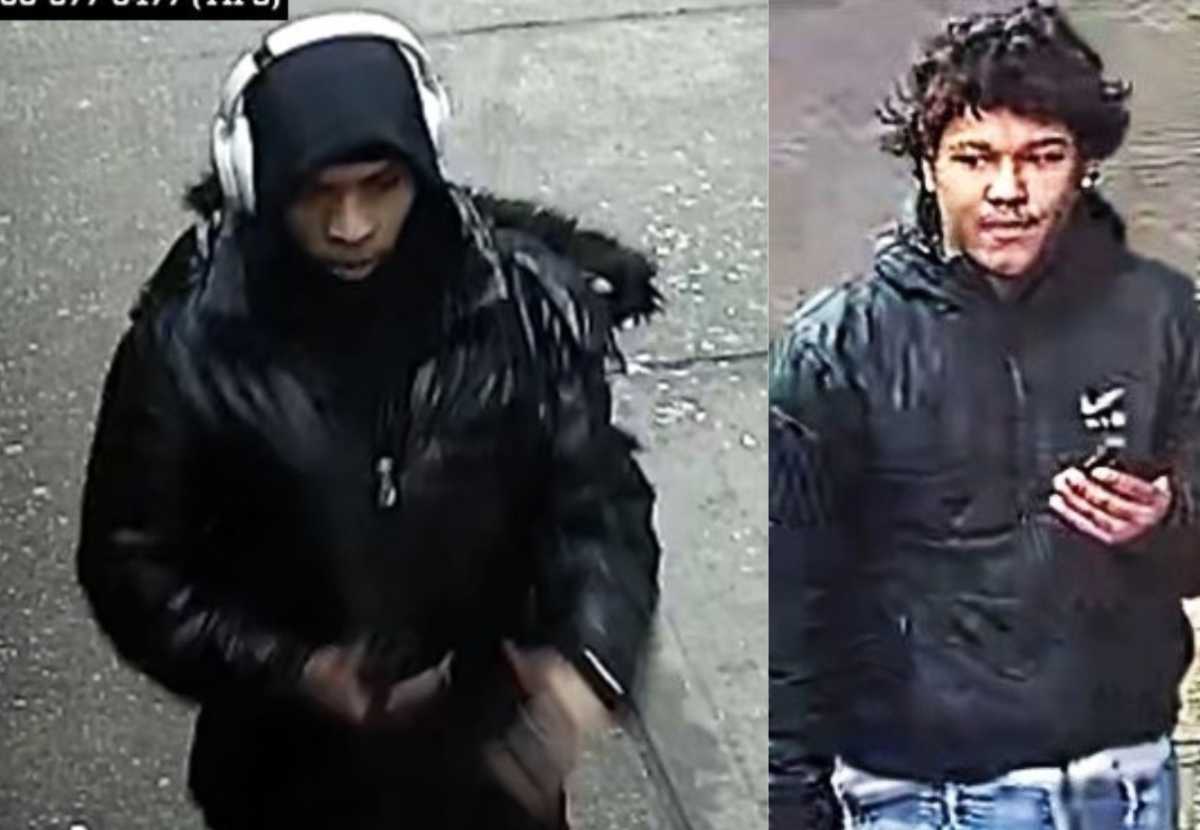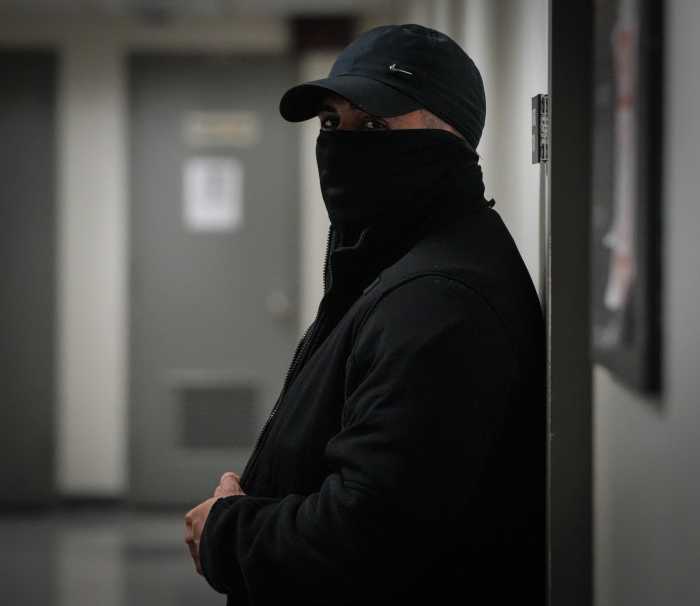Walk down most of the borough’s streets, and you will see what homeowners and business owners alike claim is a major blight on their neighborhoods — graffiti.
However, some are committed to cleaning up the mess that vandals leave behind.
The Greater Ridgewood Restoration Corporation (GRRC), in conjunction with the Our Neighbors Civic Association of Ozone Park, led a clean-up of 92-12 101st Avenue in Ozone Park on Tuesday, July 15.
“The graffiti problem is difficult to solve,” said Peggy O’Kane, Executive Director of GRRC. “It’s seen as art by some, which promotes it, and because of that there’s even some money to be made from it. There are even people coming from as far as Europe to see different kinds of graffiti and vandalize places with their own style. There’s an entire sub-culture to graffiti that many are unaware of.”
O’Kane continued, “One of our repeat offenders, who I won’t name so as to not encourage him, has been responsible for graffiti since the early ‘90s and is now almost 40 years of age and still vandalizing.”
GRRC has been working to improve the quality of life in Community Board 5, which encompasses Middle Village, Maspeth, Glendale and Ridgewood, since 1975, and has been combating graffiti and vandalism since 1992. The group has cleaned up approximately 4,350 spots where graffiti has occurred in that time, according to O’Kane. Those who participate in the GRRC cleanups have committed various minor crimes, including graffiti offenses, and have been sentenced by the alternative sentencing program of the Queens District Attorney.
“We had one worker,” remembered O’Kane, “who was forced to clean up his own graffiti through the program, but he got fed up after he did so and went on to vandalize many of the neighboring areas, even the office of the restoration corporation and was eventually arrested.”
However, despite the group’s best efforts, O’Kane said that graffiti is still on the rise. “When it goes down in one area, it skyrockets in another; it all depends on who’s getting arrested and who’s moving where,” remarked O’Kane. “The graffiti situation in areas rises and falls from time to time, but there’s never been a steady downturn.”
The restoration corporation is not the only organization working to get rid of graffiti in their neighborhood.
Woodside on the Move, an organization dedicated to improving the quality of life in Woodside, also works against vandalism. The organization recently received $15,000 in funding from Congressmember Joseph Crowley for its Anti-Crime and Graffiti Clean-Up Program.
“Graffiti can quickly become a war,” Crowley said. “You clean up graffiti, then the person comes back the next day and tags the area again, then you’re forced to clean it again. Persistence is the key to winning these kinds of things, and the additional funds will give Woodside on the Move the resources to do just that.”
“Woodside on the Move challenges Graffiti in multiple ways,” Executive Director Rosa M. Reyes said. “We work extensively to clean up graffiti which has already happened, but we also prevent future graffiti through summer youth programs that keep children occupied with other activities and we work with graffitists by getting them to collaborate on murals you see around Woodside. These murals usually are respected by other graffitists and very rarely get tagged.”































